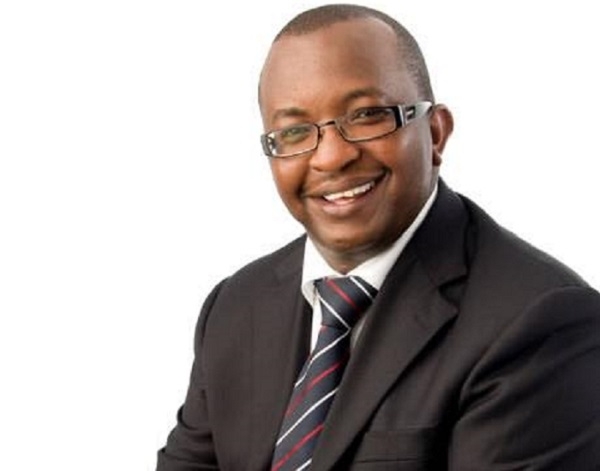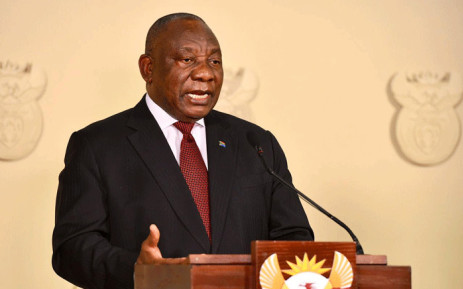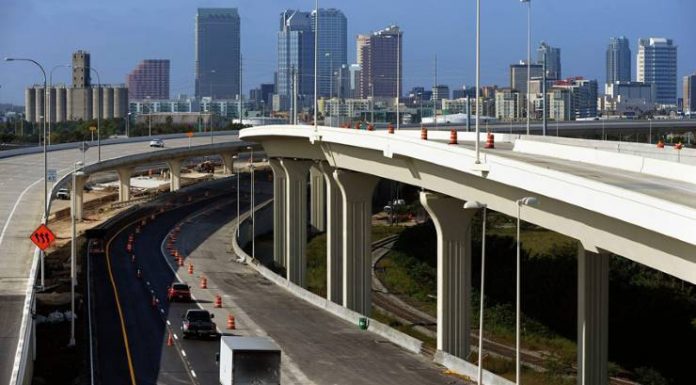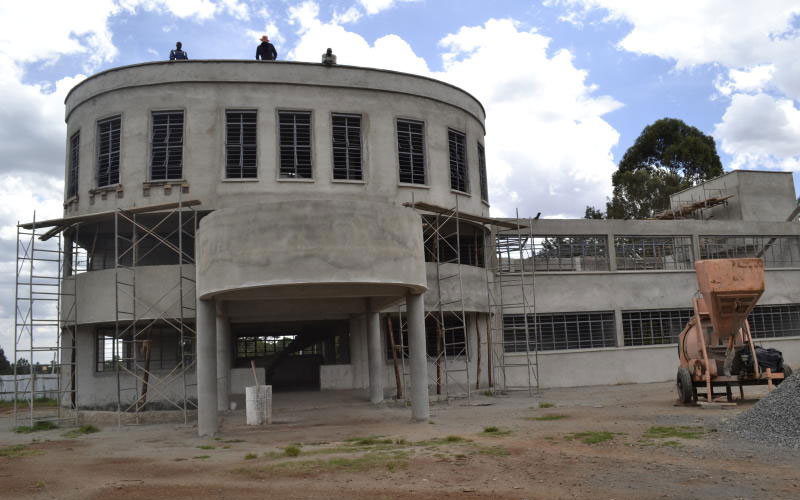

Housing principal secretary in Kenya, Charles Mwaura worked and lived in South Africa for nearly 20 years before he was given the senior public service job early 2018. He has set his sights on changing Kenya’s housing marke and spoke to the Business Daily about the plans in store.
What are the biggest impediments to the provision of decent housing in Kenya and what’s the way out? It really is a question of availability and affordability and it begins with the cost of land in Kenya, which is probably the highest on the continent. Construction costs are also high, partly due to outdated building codes in use. We still use traditional building materials, like stones, which take a lot of time to build and cost a lot more.
Third, our low demand, curtailed by lower purchasing power in comparison to a place like South Africa, has robbed the market of economies of scale. Developers cannot do mass housing projects that would justify adoption of industrial techniques to produce standardized parts like doors and panels in bulk to lower costs. This too has affected project financing.
Also, property transfer in Kenya takes nine months to complete for its mortgage and six months for cash transactions. This discourages potential developers. What can be done to address these challenges?
The ongoing digitization of property transfer transactions, along with the establishment of a one-stop shop for regulatory approvals, should cut transfers down to one month, maximum. Second, we’re updating our building code to increasingly embrace new, low-cost and faster building techniques. Government-led land valuation exercises plus laws to discourage speculation will help check land prices.
Plans are also underway to service more government land with basic infrastructure like power lines, water and roads, to enable private developers and financiers to set up mass housing units under public private partnerships. There are plans to build half a million decent, low-cost houses by 2022. When can we expect the groundbreaking?
In the next 90 days, we are going to break ground for our first project on Park Road in Nairobi. And in the next six months, our target is to break ground for 30,000 units just in Nairobi alone. That’s our commitment to Kenyans. The development framework for the projects is going to be released soon for public participation.
How much will the units cost? Since the cost of land and infrastructure has been absorbed by the government, the units should be significantly lower than market rates.
How does South Africa’s property market compare with Kenya’s? In Kenya, mortgage is between four and six times more expensive than the cost of renting. That’s why most urban residents opt to rent; not that they love renting.
We’re going to highly subsidize the planned units for low-income earners through tenant purchase schemes, also known as rent to own. Nairobi’s Eastland estates, for instance, and slums will host half of the 500,000 units to be put up by the State in the next five years.
More news
- DOK-ING’s innovative electric mining equipment unveiled at ElectraMining
- CONCOR’S MASTERY IN FAST TRACK PROJECT IMPLEMENTATION UNDERSCORED BY SAFETY AWARD
- PROMINENT SEA POINT HOTEL REFURBS WITH REHAU
- CONCRETE ROOF TILES USED FOR WALL CLADDING ON COASTAL HOME
- THE GREENEST RESIDENTIAL DEVELOPMENT IN AFRICA?





